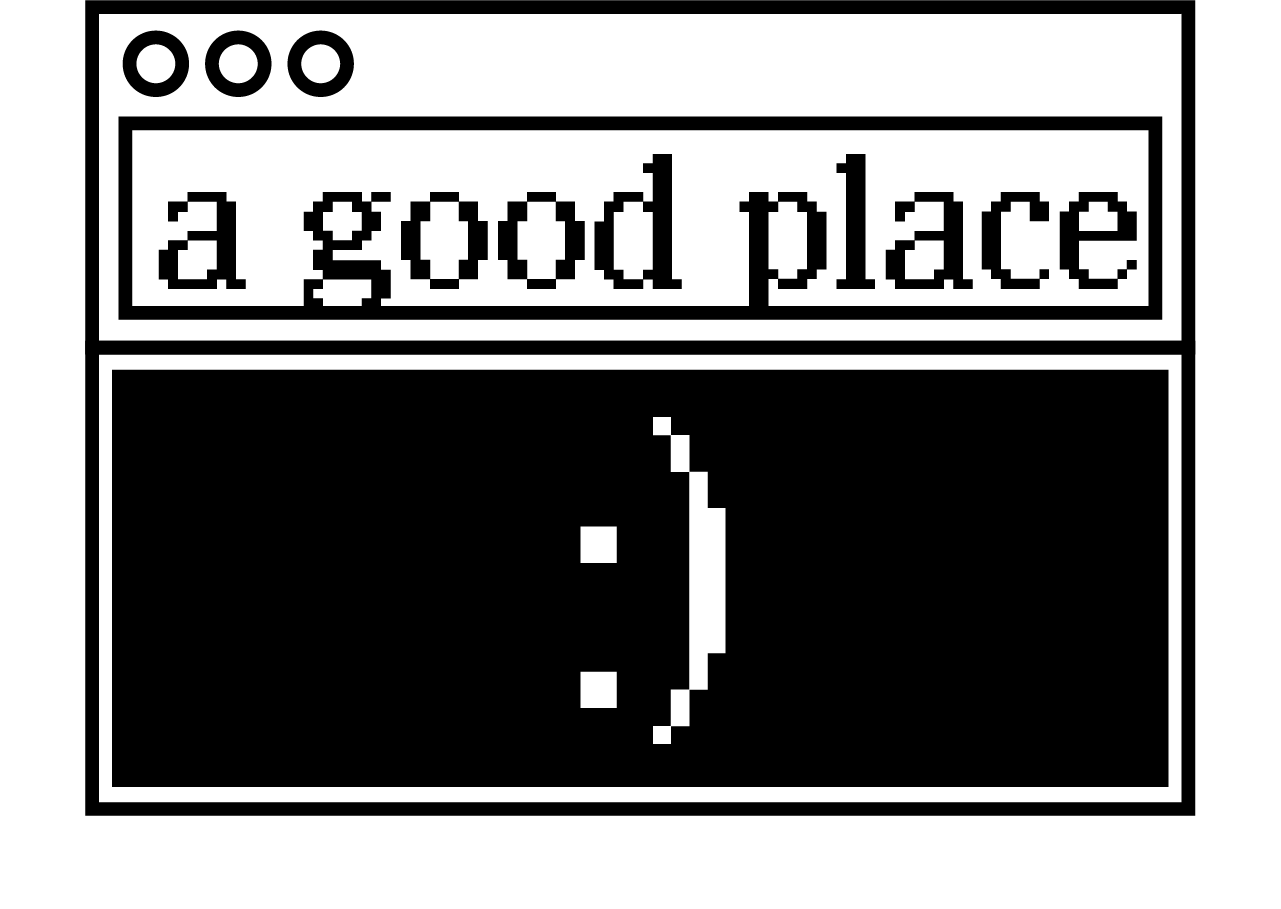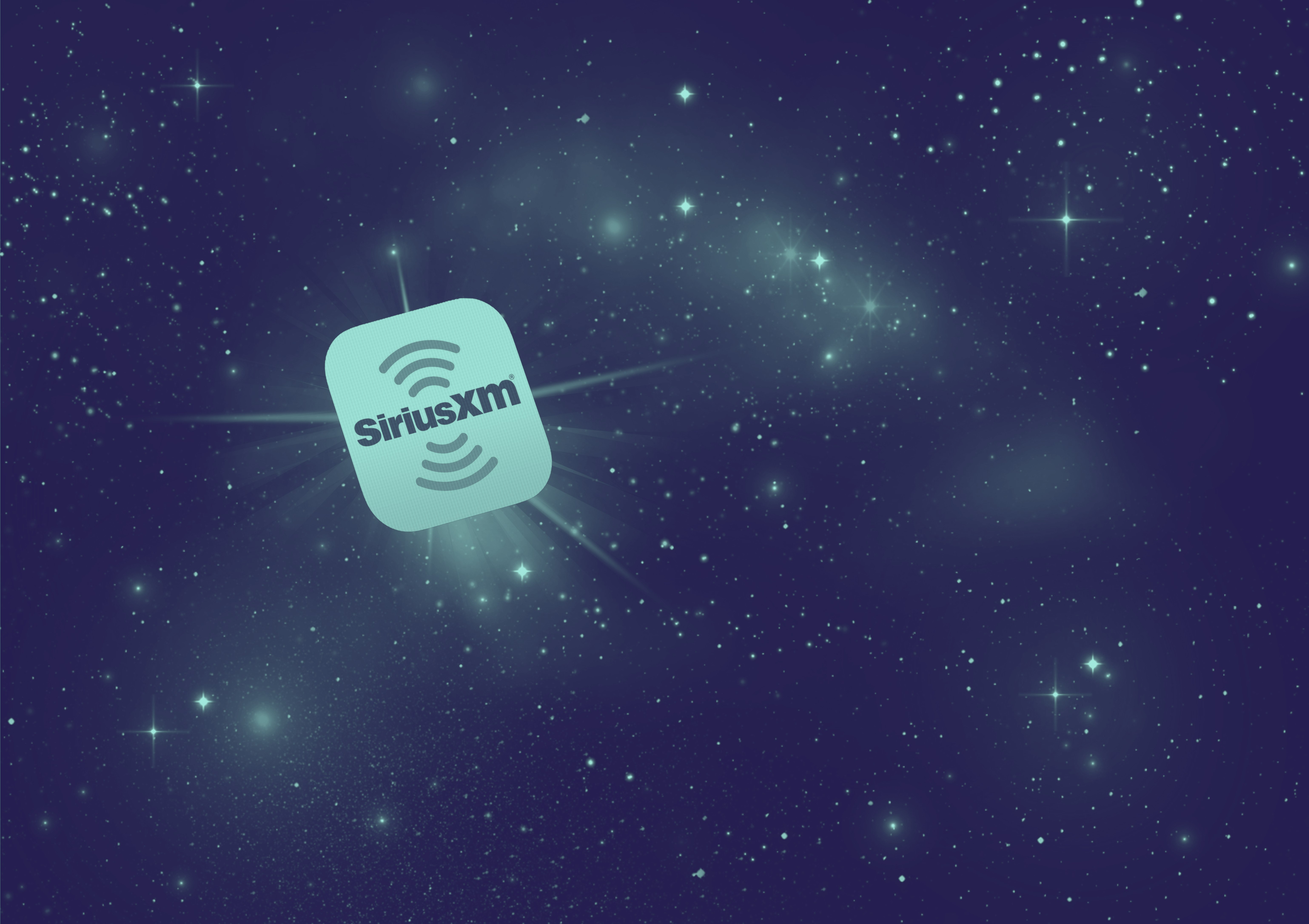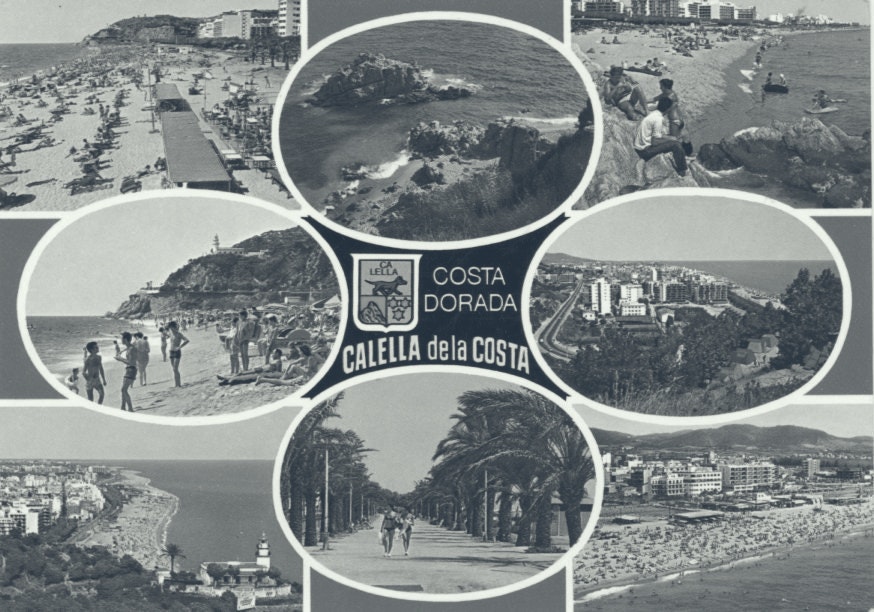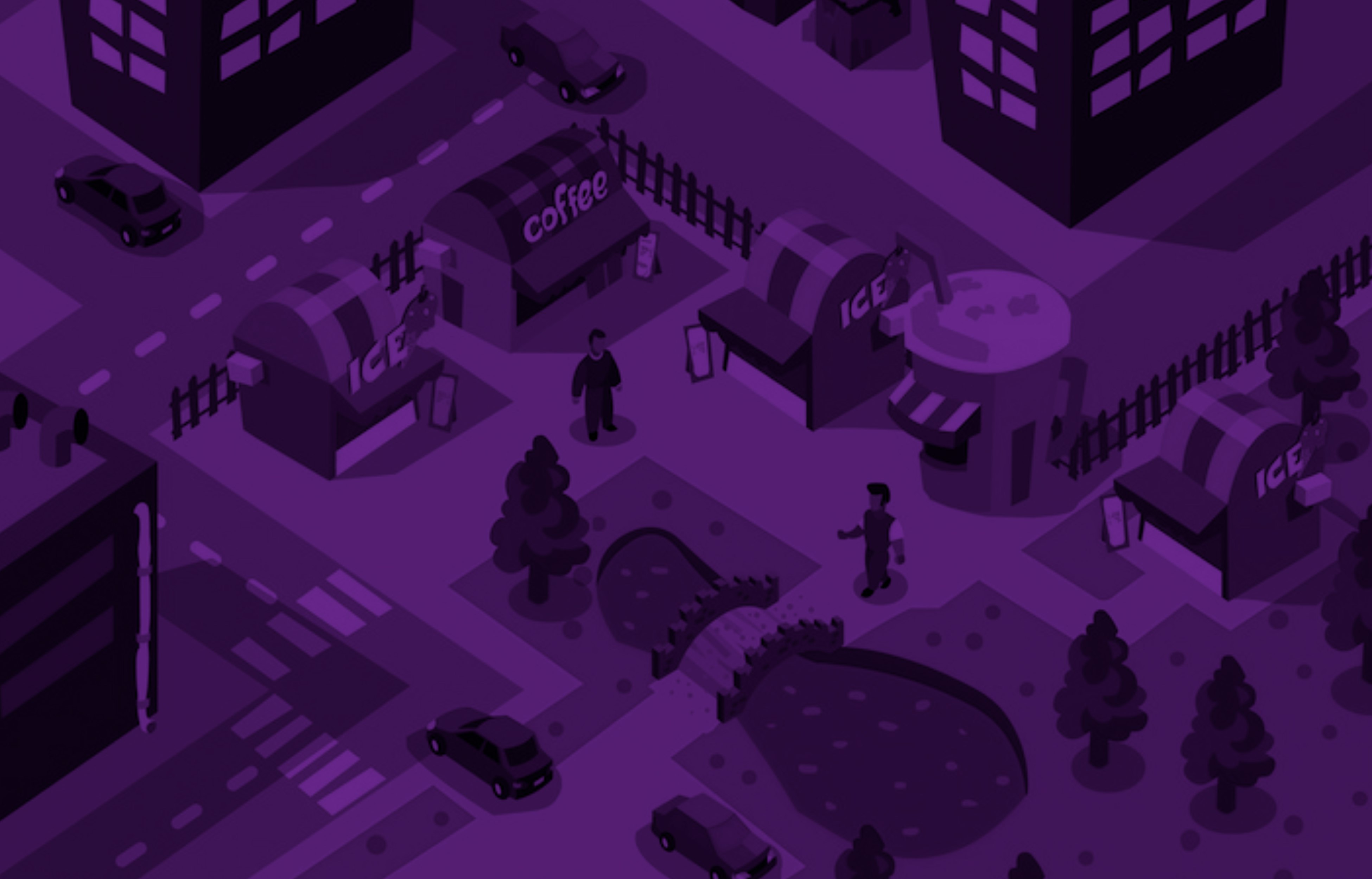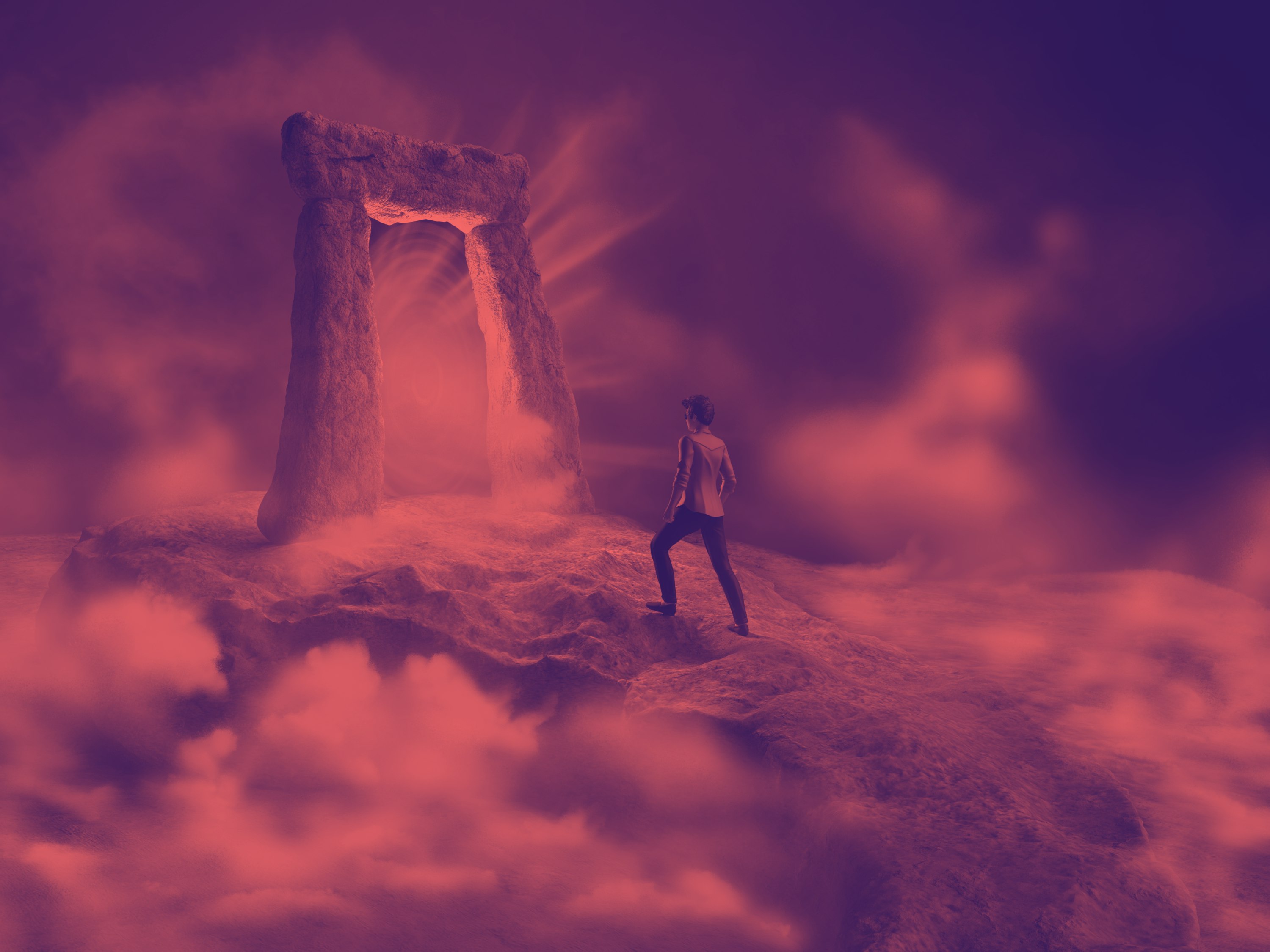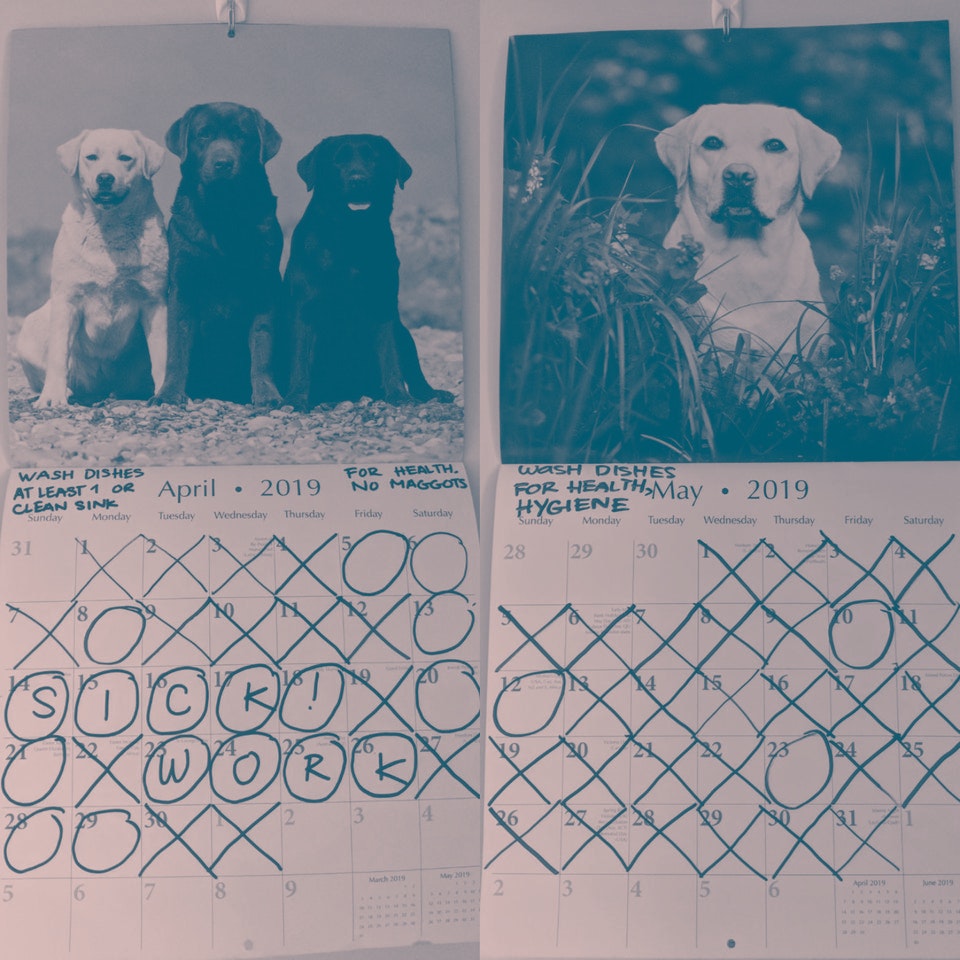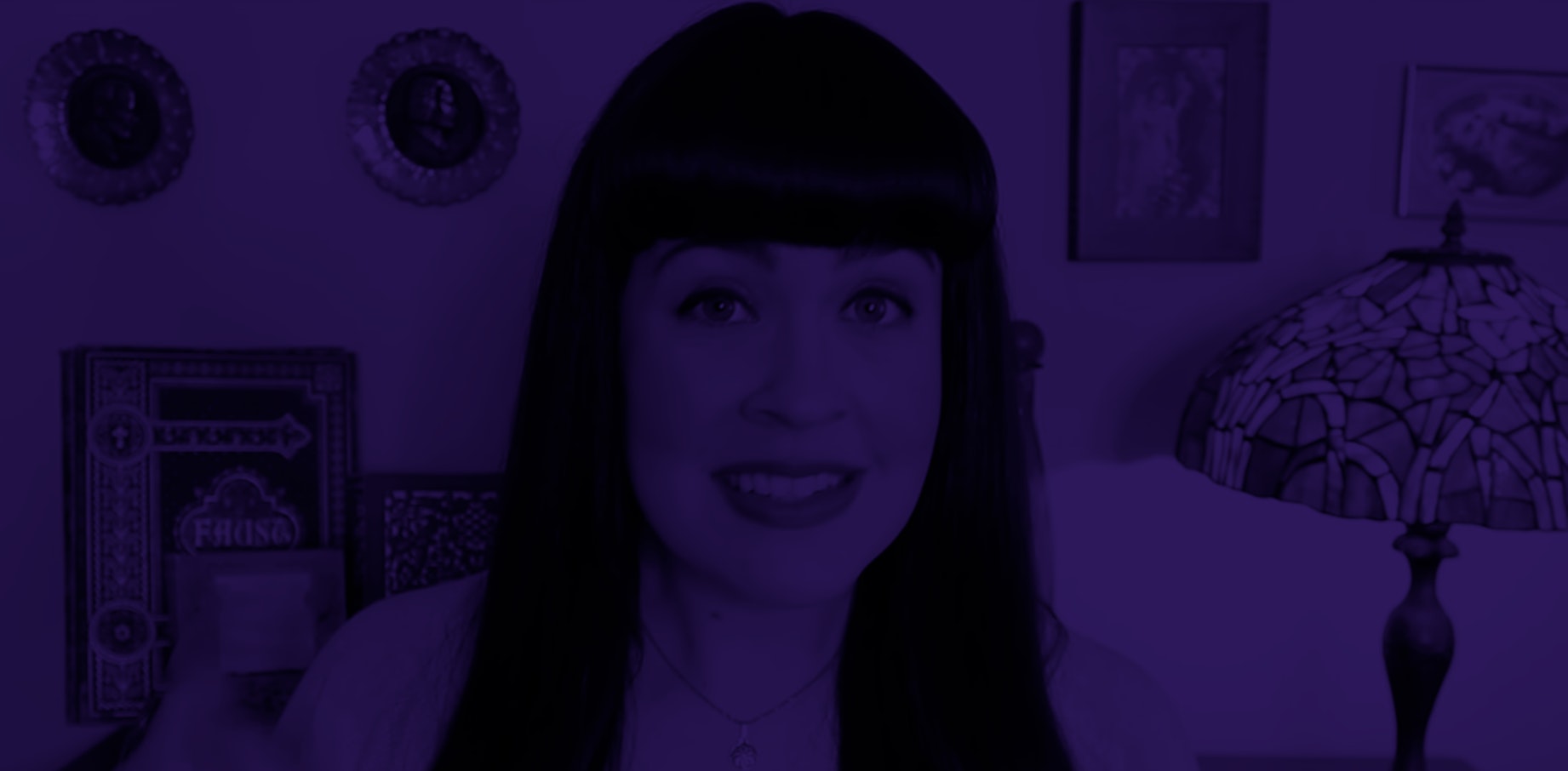but this place is just right.
More than half of Facebook users belong to a “Group.” These could be for organizing carpools, sharing chunky cat memes, or coordinating a Biology 101 study group. They could be private or public, big or small, and cultivating these “specific communities” living within Facebook’s big tent are one of Mark Zuckerberg’s chief priorities. My favorite “specific community” is LoneCore, dedicated to sharing photos of waiting rooms, empty champagne bottles, and Santa hats for sale.
LoneCore, which now has 1,400 members, was started on April 14, 2015 by artist Jody Hargreaves in Montreal. But the concept, or philosophy or art practice, was already in motion, two provinces away. David Cowan had recently moved to Halifax, Nova Scotia, working temp jobs out of a business park in a dark and snowy tundra. Without friends in the city, Cowan started solo exploring the canals and bridges and neighboring lots, places “where often there isn’t art or art activity.” He looked for community and didn’t come up with much.
“I was trying to make friends with some kids at NSCAD [ Nova Scotia College of Art and Design],” he said. “I thought, ‘I love art kids. I love the art scene. I love creative people.’ And one thing that I realized…was this issue of credibility, where it was like, ‘You’re not really a real artist unless you are studying here.’” An artist’s identity should not be determined by outward signifiers of status (follower counts or a brand-name school) but too often it is. Focusing solely on the work is one road to isolation.
Talking about it now, Cowan sees how much he relied on social media. He started posting pictures of his new, bleak surroundings for his friends back in Montreal. But it wasn’t really “appropriate,” he said. Someone commented that it seemed like he had a lot of time on his hands. He was self-conscious about oversharing and describes a “healthy Facebook account” as “people that only post when they really know that they’re going to need the community’s help or support.”
One of those Montrealers he stayed in touch with was Hargreaves, a painter who Cowan describes as “dedicated to beauty.” They share a visual philosophy that lives on in the archives of my tumblr page, Shia LaBoeuf’s closet, and the pages of Dazed: normcore.
“The normcore aesthetic is like, ‘We’re artists, but we’re also living in the real world,’” David explained. This brand of rejection is key to the LoneCore manifesto written by Cowan and Hargreaves before the Facebook group was born. From their descriptions, told to me over the phone from their respective towns in Canada, I have created a three-part summary:
LoneCore is an aesthetic that feels like walking out of your house on a foggy morning and seeing a weird couch in the middle of the grass. The pictures are low-resolution and grey and imperfect. It is immediate; no edits, no filters. It is egalitarian — DSLR photos of high-definition icicles aren’t it. Dead animals aren’t welcome, which had to be explicitly announced after too many incidents on the page. LoneCore is heavily influenced by the Taoist principle of wu wei, the result of doing nothing and succumbing to nature; Hargreaves thinks of wu wei as effortless beauty. There are no people in the photos so the overall collection, he said, “Will give you the sense that you’re the last person on earth, wandering the world alone.”
LoneCore is an action. It’s an incentive to go on a walk or an adventure and to pay attention to the environment you find yourself in. “Because,” Hargreaves said, “there’s so much beauty in lighting, in trees, and yeah, even in the decay of the cities, under bridges, in parking lots. There’s beauty in the mundaneness of suburban reality.” LoneCore is a game of creating compositions and making art with nothing but your eye and your cell phone. LoneCore is a therapy because being in nature by yourself is a therapy.
LoneCore is a community. LoneCore is a platform to share the way the street light hit the puddle on your walk home from work. You can post every day and not worry that it’s too much. A lot of the individual photos are “bad,” in that a gallery owner might laugh at them because who would buy an iPhone 4-quality picture of a Tim Hortons coffee cup alone in a snowbank to hang on their wall? That is not the point, said Cowan. Instead, the point is, “Do people feel safe and do they feel like they’re not going to get judged and that this group is going to appreciate what they’re doing?”
In short, LoneCore is a Facebook group and that’s intentional.
They tried Instagram, the most popular photo-sharing app in the world. But the Facebook-owned app’s algorithm pushes certain content to the top, which didn’t make sense to two guys trying to resist ego. Plus the app just creeps Cowan out. It has the same vibe that he felt trying to fall in with the art school crowd, of posturing and ownership over one’s ideas and creations. Putting a photo on Instagram asserts that it has value, making it a commodity attached to your personal brand (which is a commodity itself). Facebook is weird now; for the most part, the only people uploading pictures they took themselves are boomers on Thanksgiving and moms on vacation.
LoneCore, taken as a collection of somewhere between 20,000 and 30,000 photos, could be authored by one artist traversing the world in a near-future apocalypse, or as one member wrote, “like an alien looking into the world of people, but through the perspective of the remnants of human action.”
The group is not a place to wallow or talk about your personal life. It’s a distraction and a place to play. Someone in Ottawa posts a picture of shopping carts in a Canadian Tire lot; someone in the Caribbean posts a picture of a shopping cart sinking in a gully.
“I haven’t really developed very many deep friendships with people on there, and I think it’s just because the function of the group is connecting but in a way that’s not too invasive,” Cowan said. He likes seeing what Jane from Stamford, Connecticut is seeing, but he doesn’t need or want to know about what’s going through her mind. Some people use LoneCore as a distraction from their loneliness and the group is respectful of that. “I sometimes feel that this group is made to support our need to withdraw from society in a peaceful way,” one member wrote.
These days, using Facebook feels dirty. Shoshana Zuboff, author of The Age of Surveillance Capitalism, recently wrote in the New York Times that “the delusion of ‘privacy as private’ was crafted to breed and feed [an] unanticipated social divide. The leading surveillance capitalists (Facebook, Google, Amazon, Microsoft) “exploit the widening inequity of knowledge for the sake of profits.” A Facebook litigator recently argued that by using Facebook, a person gives up any reasonable expectation of privacy “as a matter of law.”
But Hargreaves doesn’t think that LoneCore would work if it wasn’t hosted by Zuck’s baby. Facebook is extremely accessible and cheekily contradictory — not just for LoneCore but for leftist groups with names like “For someone who hates communism, you’re pretty good at being publicly owned.” These users log in, are bombarded with their second cousin’s wedding photos, then click over to their chosen meme page. If I were to describe it in a tweet: “You’re posting a re-touched selfie, I’m posting a picture of literal trash; I’m not like other girls.” Facebook’s image compression algorithm, described by social media influencers as “ruthless,” also plays into the lo-fi LoneCore aesthetic by using lower-quality settings to optimize data space.
While working on this story, I woke up too early on a Saturday morning to take an hour-long bus trip to a South Brooklyn gynecologist in the rain. It ended up being utterly pointless. Soaking wet, walking through the empty office complex, I passed under a skylight that illuminated a giant ‘S’ on the tiled floor. I snapped a picture. I posted it to LoneCore, captionless. I felt warm.

